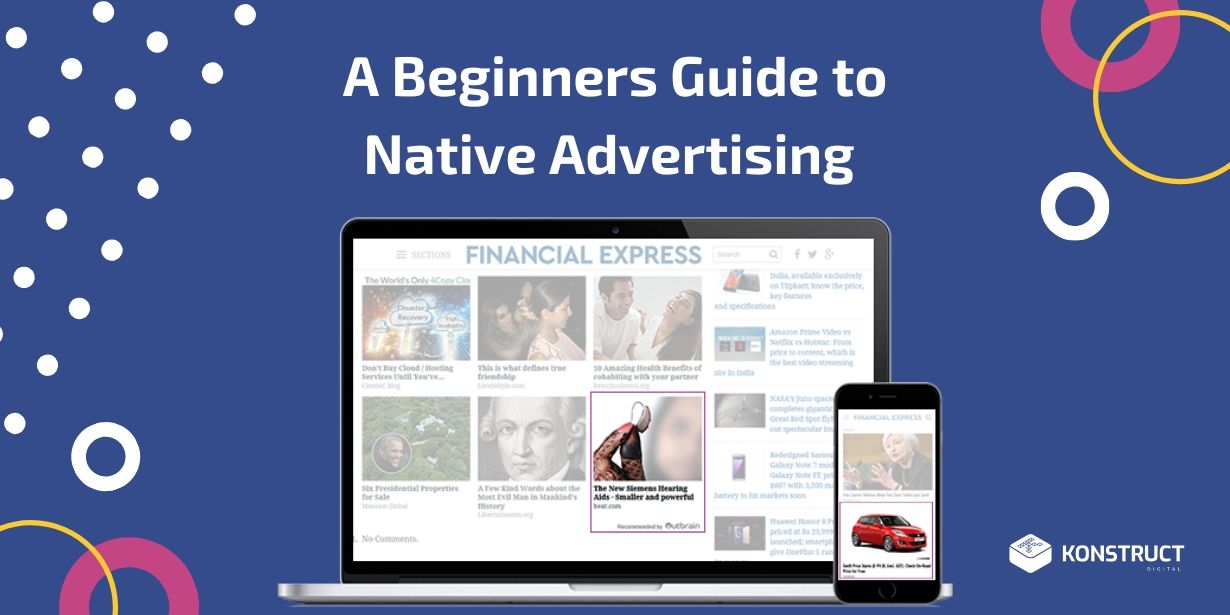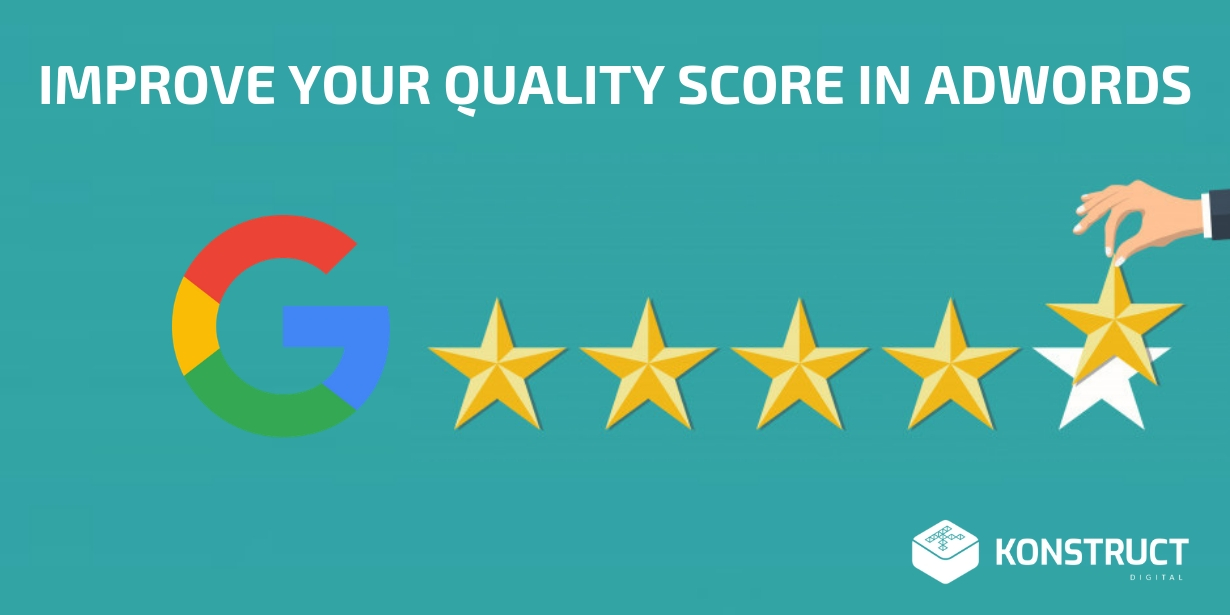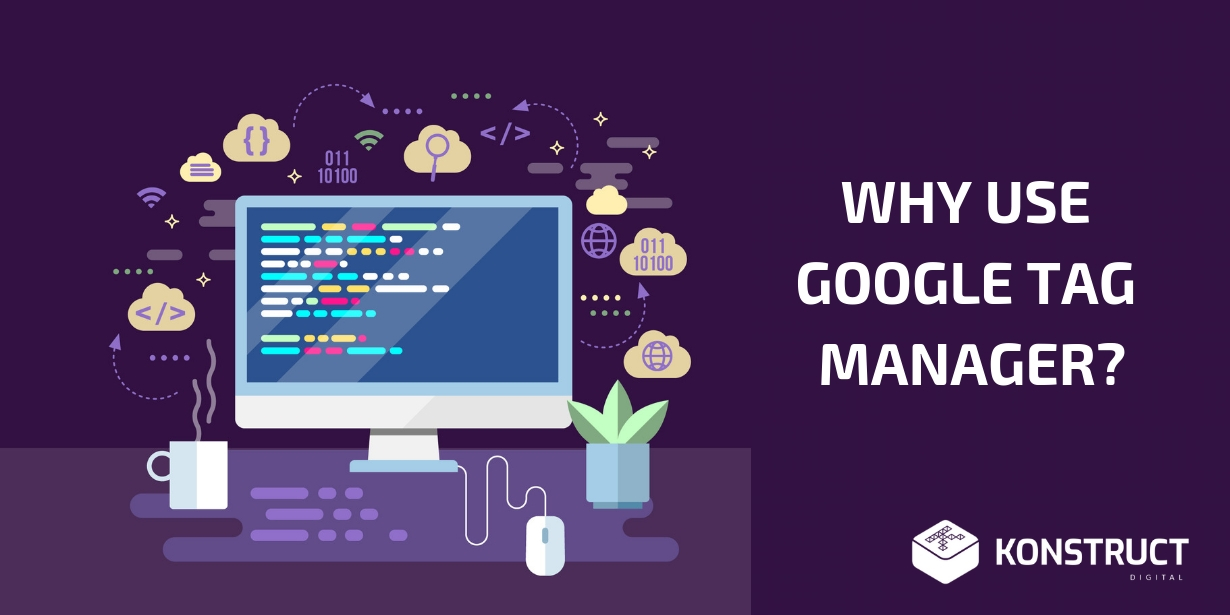The sugar rush is over.
Google recently announced that it will be phasing out third-party cookies in Chrome by 2022, an announcement that sent shockwaves around the digital marketing community. Since Chrome holds over half of the browser market share, the implications of any changes in the browser could be massive.
Although Google follows the lead of other browsers like Firefox and Safari, that have already blocked third-party cookies, Google is attempting to position itself as ahead of the pack by unveiling a larger initiative called Privacy Sandbox. In their announcement, Google pointed to user privacy concerns and is looking to collaborate with other browsers and the web community as a whole to develop new, online privacy standards.
The purpose of Privacy Sandbox is also to make the digital advertising ecosystem survive in a future without third-party cookies.
What will a cookie-less future look like and what’s Google’s third-party cookie problem? Let’s take a deep-dive into the implications of third-party cookies being ousted by browsers.
What Are Cookies?

Mmm… cookies! It’s hard not to be distracted by their mouthwatering name, but cookies aka HTTP cookies is a term for small files that are added in your browser to track specific types of information.
First-Party Cookies
First-party cookies are created by the website you’re visiting. This type of cookie is created to give the user a better experience when visiting the website. A first-party cookie stores information about your interaction with the website in your browser
All browsers allow first-party cookies as default because, without these cookies, you’d have a super frustrating experience browsing. To put it into context, if first-party cookies are disabled, you could only buy one product at a time at an online store. Every time you’d go to add another product to your shopping basket, that would be treated as a new order. That would really take the convenience out of online shopping, right?!
Websites can also use information from first-party cookies to analyze user behaviour and continually make improvements to the website.
So far, cookies are exactly what they sound like: sunshine, rainbows, and happiness. But there is a different type of cookie…
Third-Party Cookies
The definition of a third-party cookie is a cookie that is created by a different domain than the website you’re visiting, usually via an ad.
The advertising server then uses the cookie to recognize you across different websites and to collect information about your online behaviour and the websites you visit. This information is used to create a user profile, with your age, gender, and assumptions about your interests and what type of products you’re looking to buy.
For more than two decades, these user profiles have been a goldmine for digital advertisers, as they could more effectively get ads in front of people who might be interested in their products.
Ad Personalization
Information gathered by third-party cookies is the foundation for ad personalization. This type of marketing uses your browsing history to generate ads you’d likely be interested in.
You’ve probably experienced the effects of Google ad personalization many times when ads start popping up everywhere for a type of product you’ve been researching. That’s because if you’ve visited lots of websites and blogs about bikes and biking, advertisers make the connection that you’re interested in bikes and will show you ads for different bikes and bike-related products.
Why Kill Cookies?

Third-party cookies on Google Chrome and other browsers have been in hot water for a while, so let’s explore the three main reasons behind the phase-out.
Address Privacy Concerns and Regulatory Scrutiny
First and foremost, Google is reacting to growing concerns about privacy and third-party cookies from consumers and regulatory bodies.
New privacy legislation such as the European Union’s recent General Data Protection Regulation (GDPR) signal a more aggressive approach to protect consumer privacy online. This lingering threat that has left Google and other tech companies scrambling to adjust their practices.
The EU privacy law requires users to provide consent before their information can be tracked, for example by third-party cookies. A few recent rulings show the implications of the law.
- ‘Cookie Walls’ – In a recent ruling by a Dutch data protection agency, ‘cookie walls’– where a user must consent to third-party cookies in order to visit a site– were ruled illegal under GDPR.
- Ad Personalization – In a different case from early 2019, Google was slapped with a €50 million (CA$ 72.5) fine under the EU privacy law for not getting adequate consumer consent for Google’s ad personalization.
- Real-Time Bidding – Although no formal ruling was made, the UK privacy watchdog has pointed to a number of privacy violations in the real-time bidding process that generates programmatic ads and has asked industry to change its practices.
Similar consumer data privacy legislation in Canada, California, and Washington State heralds a new era of digital privacy. To protect their business and brand, Google and other technology companies are forced to comply with this new wave of privacy regulation.
Stop Dark Tracking Techniques
Because of privacy concerns, many users have blocked third-party cookies, for example with increasingly popular ad-blockers. In response to cookie-blocking, developers have found more stealthy and opaque techniques to track user information and behaviour. One of them is ‘fingerprinting’, a technique where subtle changes in settings and devices are used to identify and track individual users. Unlike cookies, fingerprinting trackers can’t be cleared. If you thought third-party cookies were sketchy, fingerprinting is next-level sketchiness. That’s why Google has waged war against fingerprinting on Chrome as part of its privacy updates in 2019.
Protect Online Advertising and Free Content
A spike in cookie-blocking poses a major challenge to online advertising since advertisers can’t personalize ads as effectively without information from third-party cookies. Data from Google Ad Manager shows that ad traffic for users without cookies yielded an average of 52% less revenue.
Since the underlying bargain between users and content creators is free content in exchange for ad exposure, cookie blocking could force publishers to restrict access or find other ways to recoup their losses from ad revenue.
Secondly, lower revenues from programmatic ads are of course also concerning for Google, as it threatens the company’s entire business model.
Based on the many threats to Google’s business and the digital ecosystem as a whole, it makes sense that third-party cookies on Chrome will soon be a thing of the past. Now the big question remains: what will the digital advertising look like on a post-cookie web?
What Does It Mean For Digital Advertising?

To understand the potential effect on digital advertising after a ban on third-party cookies, we can look to data on cookie blocking and use Apple’s intelligent tracking prevention that blocked third-party cookies on Safari in 2017 as a case study.
Lower Ad Relevance = Lower Ad Revenue
Without third-party cookies, Safari users still see ads, but the ads are more irrelevant and repetitive. Because of the poor ability to target users with ads they might actually be interested in, the click-through rate will suffer. As mentioned earlier, ads for users without third-party cookies typically yields 52% lower revenue.
The Death of Remarketing
Without third-party cookies, remarketing will become impossible as is. When there’s no way to store information about a user’s history, it is impossible to build a remarketing audience.
As an example, Criteo, one of the largest players in retargeting display ads announced that the company’s revenue had been reduced by 22% compared to projections before Safari banished third-party cookies.
Conversion Tracking Breakdown
If ads campaigns aren’t able to track user behaviour, they aren’t able to fully demonstrate how effective the ads are at making users convert, such as buying a product, subscribing to a newsletter, or filling out a lead form. If digital advertisers can’t show how effective their ads are, that’s a big hit to their value proposition.
Digital advertising is definitely at a crossroads where there will be winners and losers, and it’s difficult to imagine what the landscape will look like in 2022.
A Cookie-Free Future

What will replace the third-party cookie? No one knows for sure, but Google and other tech companies are busy working on a good digital 2.0 solution. On their Chromium blog, Google hints at what it might look like.
Google has been working on differential privacy techniques since 2014 that can anonymously group people based on interest. This technology would allow advertisers to target demographics but not laser-focus in on the individual user. Only time will tell how exactly this type of technology would work in practice, and how successful an alternative to third-party cookies it might be.
In addition to new technology for personalizing ads without compromising user privacy, there are already some existing alternatives to hyper-personalized advertising that may gain popularity.
- ‘Walled gardens’ like the Google search ads, Facebook, Amazon, and other large tech companies and publishers with extensive first-party relationships will be the big winners of a third-party cookie ban. They can easily continue to advertise based on user information via first-party cookies. For Google, however, their expected dominance could attract attention from antitrust regulatory bodies – which might explain why they are delaying the final blow to third-party cookies.
- People-Based Marketing was introduced to digital marketing by Facebook, and is a way to combine online and offline data. For example, by comparing data from Facebook user IDs and information from your customer database, you can identify the people you want to target with advertising. Because people-based marketing relies on first-party data, it can continue to thrive in a cookie-less future.
- Contextual advertising is where the ad content is tailored to the content of the site, rather than the individual user. Native advertising is an example of contextual advertising that might see a revival (if it ever truly went out of style?!).
The days are numbered for the third-party cookie. In a way, this phase-out was inevitable. With the mounting pressure from privacy regulators, media, and ad-blockers, it was time to beat the cookie addiction and find a better way to provide consumers with relevant ads without violating their privacy.
It’ll be an interesting couple of years in the digital advertising and ad tech world, and here at Konstruct, we’ll be following the development of new solutions and alternatives to third-party cookies closely.
If you want to discuss a digital marketing strategy for your business or organization, we’re always available to advise you on the best tools available and what new developments in the digital marketing world might mean for your digital marketing strategy.








